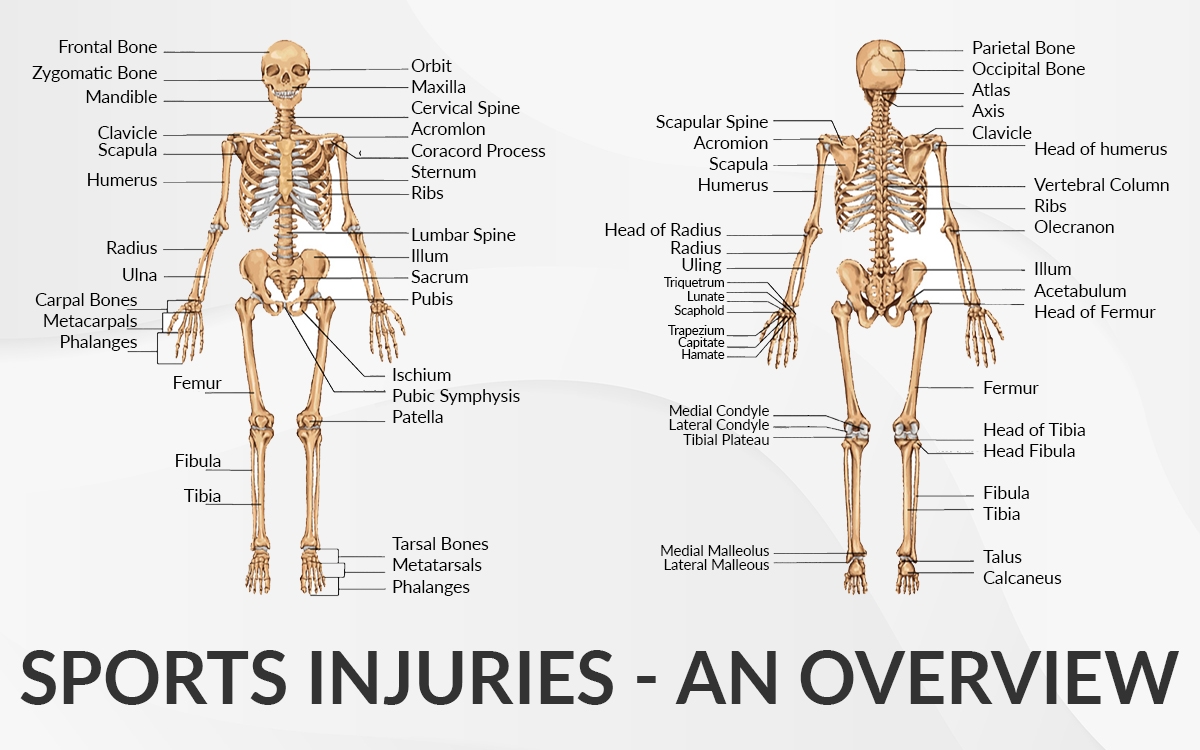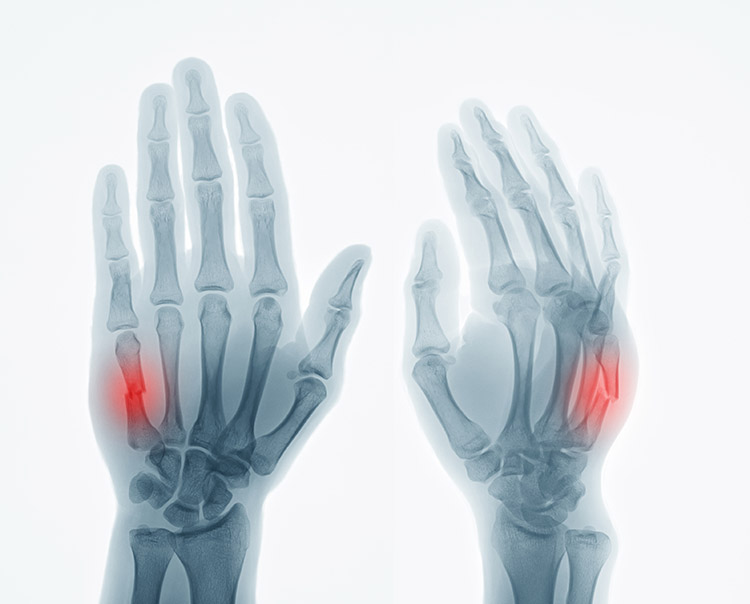
Summary
Common Sports injuries of Hand and Wrist
- Boxer’s Fracture/Metacarpal Fracture/Knuckle Fracture
- Mallet Injury and Fractures
- Skiing – Skiers Thumb (Gamekeepers Thumb)
- Rugby- FDP Tendon and Jersey Finger
- Weight Training/TFCC Injury

Boxer’s Fracture
Saurabh has a specialist interest in the treatment of sports injuries. Below is a list of some common hand and wrist sports injuries that he has treated in the past.
Boxing – Boxer’s Fracture/Metacarpal Fracture/Knuckle Fracture
Boxer’s fracture is the break of little finger metacarpal bone near the knuckle. It happens after a person hits an object with a closed fist. Symptoms include pain, depressed knuckle, swelling, bruising and tenderness.
Your doctor can diagnose your boxer’s fracture with a medical history, physical exam, and an x-ray. You might need treatment with simple rest, ice, pain medicine, and splinting. You might need surgery for your injury if it is severe.
Left untreated, a boxer’s fracture can create complications for someone, such as leaving them unable to grip objects, with crooked fingers, or decreased range of motion. On the other hand, a boxer’s fracture that is quickly diagnosed and treated will usually heal with little to no long term effects
Mallet Injury and Fractures
A mallet finger injury is a tear of the tendon that straightens the end joint of the finger. It is often caused by catching the finger “end-on” during a sport, but it sometimes results from a minor injury such as catching the finger when tucking in bed sheets.
The tendon may tear where it joins on to the end bone of the finger, or it may pull off a small fragment of bone at this point (in which case it is called a mallet fracture).
Symptoms are swelling, bruising, pain and inability to straighten your fingertip unless you use your other hand to hold it up. If the nail is also injured and is detached from the nail bed or has blood underneath it; it may be a sign of an underlying bone fracture.
Diagnosis is usually by examining your dropped fingertip. X-ray will show any bony fracture or if the bone is out of alignment.
A splint will be applied to keep the finger in a straight position at the end joint. Several types of splint are used, depending partly on the size and shape of the finger.
The splint is worn continuously for six to eight weeks (or sometimes a shorter period for mallet fractures, which can heal more quickly than tendon tears). It is very important that the end joint does not bend during the splintage treatment period. When you remove the splint to wash the finger, you must hold it straight and not allow it to bend. You will be shown how to change the splint safely.
At the end of this time the splint is worn for 4 weeks at night and whenever the finger might be at risk of injury.
Severe mallet fractures sometimes require surgical treatment, especially if the fracture has allowed the end joint to drop out of alignment. Results of surgery are good with almost full regain of movements, function and strength to the injured finger.
For more details on this condition visit the ‘Mallet Finger Injury’ page.
Skiing – Skiers Thumb (Gamekeepers Thumb) and Wrist Fractures
It is an injury to the ulnar collateral ligament of the metacarpophalangeal joint of the thumb. This is a strong ligament that supports the thumb when pinching or gripping and if it gets damaged for example during skiing it can then result in chronic instability of the thumb which can affect the function of your thumb and hand.
Falling when skiing whilst holding the ski pole is a common cause; hence the name frequently given to this injury. Occasionally it can happen because of chronic stretching to the ligament when it is called as a gamekeepers thumb.
Thumb will be bruised, swollen and tender. You will lose strength especially during pinching or gripping. Depending on the severity of the injury, it can be managed with either a splint, plaster or occasionally if the ligament is completely torn you will need a repair to the ligament with open surgery.
Rugby- FDP Tendon Injury (Jersey Finger)
Jersey finger refers to disruption of the tendon that bends the fingertip down. This is called Jersey finger because it can occur in athletes who grip the jersey of an opposing player who is trying to get away.
Most of the tendons that move your fingers originate in the forearm. The Flexor Digitorum Profundus (FDP) muscle originates from a bony lump on the inside of your elbow and bends the fingertips. Tendon to this muscle gets avulsed in a Jersey finger injury.
Medically you will notice pain, swelling and bruising and you will not be able to bend your fingertip, and if this happens you will need to seek an appointment with your doctor.
Doctor will examine your finger, may take an x-ray or an ultrasound scan. X- rays are ordered to see if a piece of bone has chipped off with the disrupted tendon. The majority of Jersey finger injuries require surgery to reattach the disrupted tendon or to fix the bony fracture which will restore the ability to bend the fingertip.
Weight Training/TFCC Injury
The triangular fibrocartilage complex or TFCC is an important structure within the wrist. It is made up of fibrous tissue and cartilage and supports the joint between the end of forearm bones (radius and ulna) adding to their stability.
It also connects the forearm with the small bones on the ulnar side of the wrist. It acts as a cushion between the end of ulna and the small bones of the wrist.
Injury can happen as a result of acute injury for example during weightlifting, a fall on the hand or wrist, a twisting injury to the arm or secondary to the fracture at the end of radius. It can also happen because of wear and tear as one gets older.
Symptoms may include pain on the ulnar side of the wrist, weakness, limited motion, occasionally a clicking or popping whilst turning the forearm. If you have continuous pain to the ulnar side of the wrist you will need to see a doctor who will take your medical history and do a thorough examination to your wrist followed by x rays or MRI scan.
Depending on the severity treatment includes pain medications, splints, steroid injections and occasionally a keyhole surgery to debride or repair the tear.
BMI Chelsfield Park Hospital
Bucks Cross Road Chelsfield ORPINGTON BR6 7RG
01689 877855
BMI The Blackheath Hospital
40-42 Lee Terrace Blackheath LONDON SE3 9UD
020 8318 7722
BMI The Sloane Hospital
125 Albemarle Road BECKENHAM BR3 5HS
020 8466 4000
Princess Royal University Hospital
Farnborough Common ORPINGTON BR6 8ND
01689 863223



